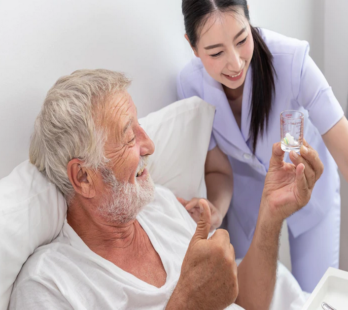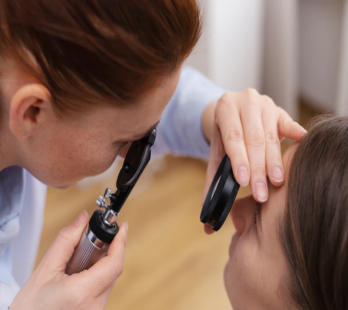Can stem cell therapies cure diseases?
The short answer is that we still don’t know.
In saying that, ProgenCell takes a very conservative approach to the meaning of “cure”. We generally use the terms “treatment” and “therapy” to describe our work. When stem cell therapy is successful, all it really does is to help the patient’s body heal itself.
As scientists,


